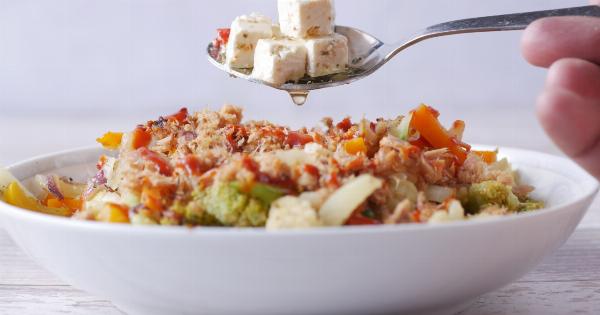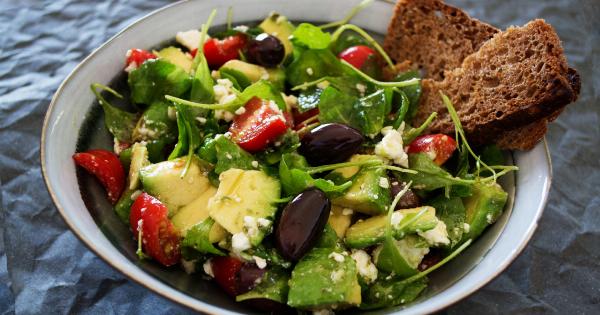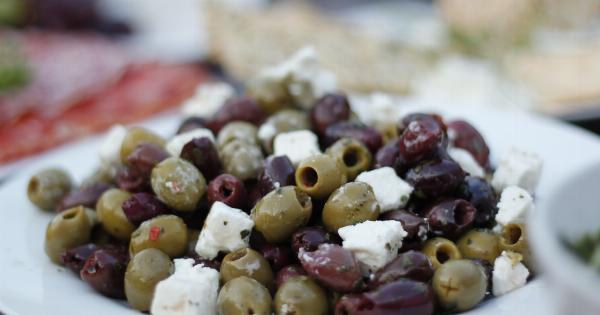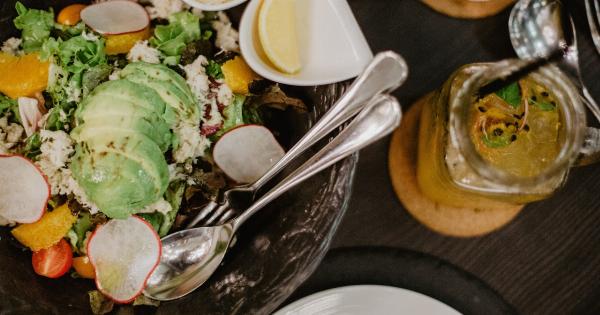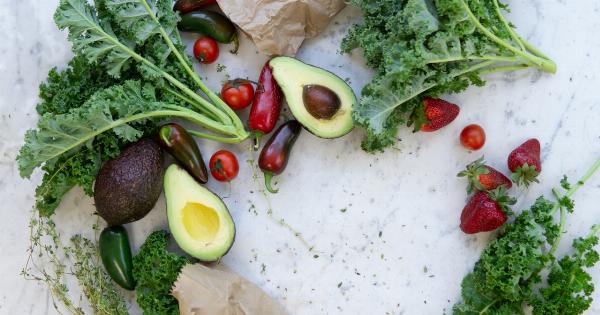Salads are a staple in a healthy diet. They are packed with nutrients, low in calories, and offer endless possibilities for customization. However, even the simplest salads can go wrong if you make some common mistakes.
In this article, we will discuss four salad-making mistakes to avoid to ensure that your salads are not only nutritious but also delicious.
Mistake #1: Using Iceberg Lettuce as the Base
Iceberg lettuce is a popular choice for salads due to its crisp texture and mild flavor. However, it lacks the nutritional value of other leafy greens. It contains less fiber, fewer vitamins, and minerals compared to spinach, kale, or arugula.
Instead of using iceberg lettuce as the base, opt for more nutrient-rich greens to create a healthier foundation for your salad. Choose leafy greens like romaine lettuce, mixed greens, or baby spinach, which are packed with essential nutrients.
Mistake #2: Overdressing Your Salad
Dressing is an essential component of a good salad, but it’s important not to overdo it. Too much dressing can overpower the flavors of your ingredients and make your salad soggy. Instead, aim to dress your salad lightly.
Start with a small amount of dressing and gradually add more if needed. You can always toss your salad again to distribute the dressing evenly. Additionally, consider using healthier dressing options like olive oil and vinegar-based dressings, which are lower in calories and offer heart-healthy fats.
Mistake #3: Not Adding Enough Protein
Protein is an essential macronutrient that helps keep you feeling full and satisfied. Many people overlook the importance of adding protein to their salads, resulting in a meal that may be lacking in this vital nutrient.
To make your salad more filling and balanced, be sure to add a source of protein. This can include grilled chicken, hard-boiled eggs, chickpeas, tofu, or quinoa. Adding protein not only enhances the taste of your salad but also provides you with sustained energy throughout the day.
Mistake #4: Neglecting Texture and Variety
Salads should be a medley of flavors, textures, and colors. Neglecting these aspects can result in a boring and monotonous salad. Adding a variety of fruits, vegetables, nuts, and seeds can elevate the taste and nutritional value of your salad.
Some great options to consider are cherry tomatoes, colorful bell peppers, sliced avocados, crunchy cucumbers, and roasted almonds. Experiment with different ingredients to create exciting combinations that keep you coming back for more.
Conclusion
Avoiding these four common salad-making mistakes will help you create salads that are not only healthy but also bursting with flavor.
Opt for nutrient-rich greens, use dressing sparingly, incorporate a source of protein, and add a variety of textures and colors. By making these simple adjustments, you can elevate your salads from mundane to extraordinary. So, go ahead and get creative with your salad ingredients and enjoy a nutritious and satisfying meal.

